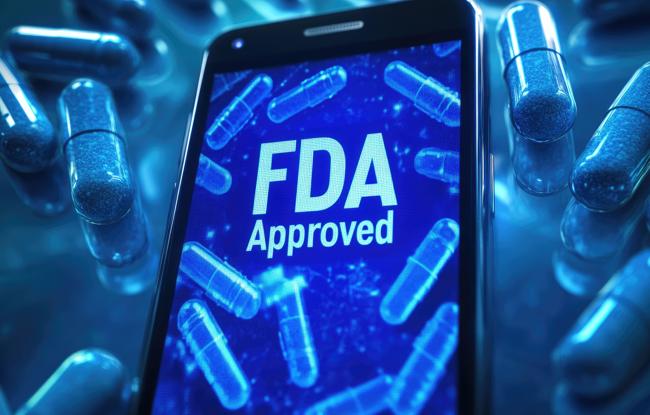Summary
The nonprofit health system’s revenue climbed 8.8% to $8.8 billion in the first three quarters of fiscal 2025, compared to last year.
Source: The Philadelphia Inquirer

AI News Q&A (Free Content)
Q1: How have drug prices in the United States compared to other developed countries in the past five years?
A1: According to a 2021 review, prescription drug prices in the United States were found to be 256% higher than those in 32 comparison countries. This is largely due to the lack of government negotiation power and the structure of the American healthcare system, which often results in higher prices for consumers compared to countries with nationalized or more regulated healthcare systems.
Q2: What is the 340B Drug Pricing Program and how does it impact hospitals like Penn Medicine?
A2: The 340B Drug Pricing Program, established in 1992, requires drug manufacturers to provide outpatient drugs at substantially reduced prices to eligible healthcare organizations, including nonprofit hospitals like Penn Medicine. The program aims to help hospitals stretch federal resources, allowing them to serve more patients and offer broader services by reducing their medication costs.
Q3: What recent trends have been observed in the cost and utilization of respiratory inhalers in public health systems, and what are the implications?
A3: A 2025 study on publicly dispensed respiratory inhalers in Ontario, Canada, showed that public payer spending rose by 160% from 2003 to 2023, while the number of beneficiaries increased by 92%. The introduction of combination therapy inhalers and generics contributed to shifts in per-beneficiary spending, with significant declines following the listing of certain combination products, demonstrating the impact of formulary decisions on drug spending.
Q4: How do changes in drug pricing affect the operating profits of nonprofit health systems like Penn Medicine?
A4: Higher drug prices can increase operating costs for health systems, potentially reducing their profit margins. However, programs like 340B can offset some of these costs. Penn Medicine reported an 8.8% revenue increase and $163 million in operating profit for the first nine months of fiscal 2025, suggesting that revenue growth and strategic cost management—including drug purchasing strategies—can help maintain profitability despite drug price pressures.
Q5: What are the main factors driving the high cost of prescription drugs in the United States?
A5: The main drivers include limited government negotiation power, patent protections granting temporary monopolies to pharmaceutical companies, the high costs of drug research and development, and the subsidizing of global R&D by American payers. These factors combined contribute to the consistently higher drug prices seen in the U.S. market.
Q6: What does recent scholarly research suggest about the impact of new drug market entrants on spending trends for specific drug categories?
A6: Research on Ontario’s public drug program found that the introduction of new inhalers and generic alternatives led to both increases and decreases in per-beneficiary spending. For example, the listing of combination therapy inhalers resulted in a significant decline in individual spending, highlighting how market competition and product innovation can influence overall costs in specific therapeutic areas.
Q7: How do revenue management strategies in healthcare compare to other industries in terms of optimizing financial outcomes amid variable pricing, such as drug costs?
A7: A 2024 empirical study on revenue management, though focused on the railway sector, found that real-world revenue management strategies can match or outperform uniform pricing approaches, but may underperform compared to theoretically optimal pricing by up to 16.7%. This underscores the importance of data-driven pricing and purchasing decisions in healthcare, where variable drug costs can impact financial outcomes similarly to pricing in other industries.
References:
- Prescription drug prices in the United States - https://en.wikipedia.org/wiki/Prescription_drug_prices_in_the_United_States
- 340B Drug Pricing Program - https://en.wikipedia.org/wiki/340B_Drug_Pricing_Program





